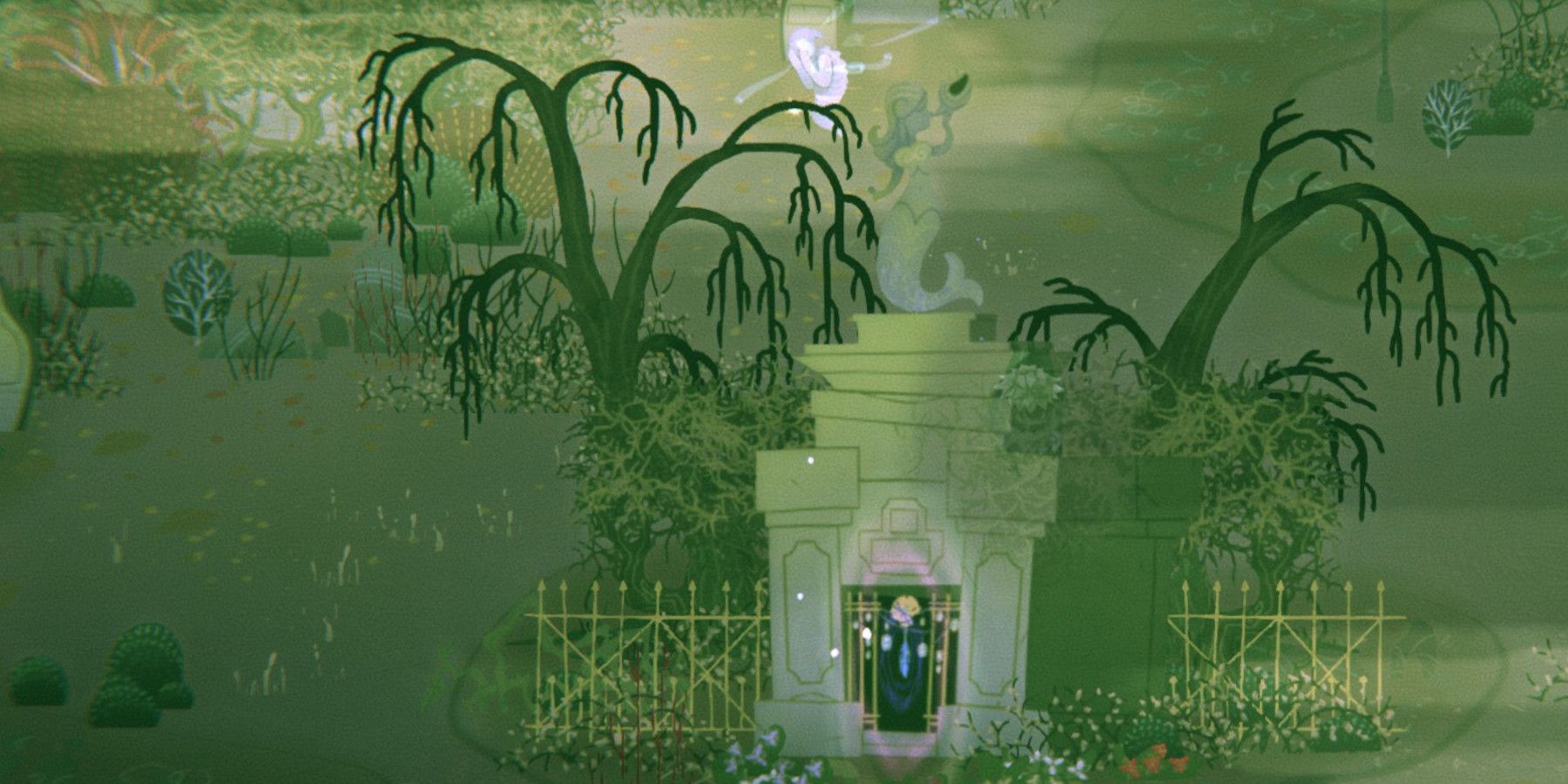

It is full of interest if we look for it. We are the ephemeral element here whereas the landscape is relentless and unyielding. A sense that the landscape, even the man-made landscape does not need us any more. There is an uneasy feeling in these empty, long-exposure images where man-made structures protrude into the natural environment. Why? What was different about the habitat in that zone? No idea and still can’t work it out. I enjoyed the complimentary colours of the blue sea and those yellow lichens and then it dawned on me that the lichens grew in a zone along the edge of the pier but no further. Carefully cutting with his still saw to achieve those straight black lines. I imagined the construction worker many years ago marking out the lines on the concrete when he was going to cut the slots to allow the water to drain through the pier. Imagining a line from my feet to the distant horizon and the complementary angles that would be formed where those line meet. I was standing there looking at the angle the concrete pier made relative to the horizon. The sun had gone down and the light was just stunningly blue and clear. I was having just such an angst on Portencross Pier the other night. I sometimes wonder, having made an image, “Is there enough here to justify this composition?”. Consequently most people don’t find images of empty landscapes compelling. We are social animals and endlessly fascinated by each other. Like most people I enjoy looking at interesting portraits as well as images of people interacting with each other and with the world around them. As a good friend once said to me: “Shut up, you hippy”. I wonder if the bridge is a reminder that that moment is gone forever, never to be experienced again. It sits in my memory as a moment of total peace and happiness.
Wytchwood sea serpent questions portable#
I was sitting with Iain on the back of the Luton van listening to the Beatles on a portable cassette player eating a sandwich, looking out over this peaceful landscape while Iain puffed away on his roll-up. One job, on Scalpay, was on a particularly gorgeous summer day. I used to spend the summer holidays helping Iain, the carpet fitter who worked for my dad, lay carpets all over the island. So why does the my mind refuse to be impressed by the Scalpay bridge? I think it’s because I have a memory of Scalpay to which I attach entirely unreasonable importance. His philosophy was simple: If change gives people work and jobs then it’s a good thing. I get that from my father who was always looking for the next thing to do in business and even in retirement at the age of 83 he’s still ripping out flower beds and starting from scratch. I like change and I don’t like pointless nostalgia.

It feels like the present and the past refusing to co-exist in my conscious mind.

Probably due the huge scale of the bridge coming up against those strong memories of going over to Scalpay before the bridge existed. Some things do throw my sense of place off balance though. I recall who had chickens on the steep hill behind the main street in Tarbert, who I played with on what beaches, what it felt like to bush walk through the rhododendrons in the castle grounds, balancing on the sewage pipe to get across the river at Bayhead and on and on. Every road and corner, the town, the castle grounds, the beaches are all still connected to those strong childhood memories. I still have a better mental map of Lewis and Harris than the area where I now live. As I get older, I worry that someday I will get off the ferry and feel like a tourist in an unfamiliar place. The intensity of childhood experience and the memories we form in those early years are especially strong. The bond we form to the place into which we were born is enduring. Capture time in the waves and a little bit of time to myself.Įvery time I go back to Lewis I am simultaneously happy and worried. A few minutes of total focus and creativity. Consider where’s the best view point to bring all the elements together, what height the tripod should be, what attitude to set the camera at, get the filter holder onto the lens, work out the strength and type of filter you need, place it correctly, work out the exposure, wait for the perfect moment, release the shutter. That may seem a bit more trouble than it’s worth to some! I find it a very relaxing and enjoyable process. To capture this type of image you need a tripod and neutral density filters and a remote shutter release. It’s how we actually experience the landscape rather than the frozen image of a short exposure time. Not everyone is a fan of these long exposures but, for me, it tells a more accurate story of the landscape. This one-second exposure captured the flow of water away from the camera back out into the sea.


 0 kommentar(er)
0 kommentar(er)
